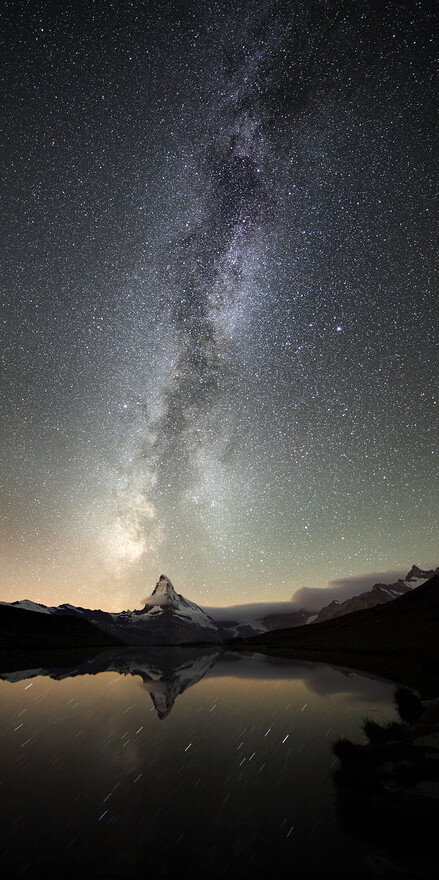- Home
- Inspiration
- Terra Map
- Galleries
-
Photographers
- All photographers
-
Interviews
- All
- 21 exceptional interviews
- Ales Komovec
- Alessandro Carboni
- Alexandre Deschaumes
- Alex Noriega
- Andrew George
- Anne Mäenurm
- An interview with Antonio Fernandez
- Beata Moore by... Terra Quantum
- Caterina Mrenes
- Charlotte Gibb
- Chris Davis
- Claes Thorberntsson
- Cole Thompson
- Daniel Laan
- Daniel Mirlea
- David Frutos Egea
- Dino Lupani
- Fred Bucheton
- Hans Strand
- Heike Odermatt
- Heiko Gerlicher
- Hengki Koentjoro
- Huibo Hou
- Isabella Tabacchi
- Isabelle Bacher
- Marian Kuric
- An interview with Martin Rak
- Mieke Boynton
- Patricia Davidson
- Peter Svoboda
- Raico Rosenberg
- Samuel Feron
- Sue Trower
- Szabo Zsolt Andras
- Theo Bosboom
- Tom Hegen
- Yucel Basoglu
- Jury



The iconic Matterhorn in Zermatt resides under the Milky Way, reflecting in nighttime Stellisee lake. It is truly remarkable, how much this majestic landmark mountain of Switzerland dwarfs under the gigantic arc of the stars. In August around 3 AM, the Milky Way rises above the 14692 ft (4478 m) high Matterhorn in the Swiss Alps. After moonset or at new moon, millions of stars belonging to our galaxy light up the sky. Resolving pointy stars during the 4 minutes exposure time requires star tracking with the camera to compensate for earth’s rotation. This causes also faint stars to appear on the image so that the number of stars visible largely increases. However, the reflection of the stars in the lake remains as trails as the star tracking is mirrored and hence tracks in the wrong direction. This effect documents the dynamics of the earth rotation. Under the vast firmament of the Milky Way, the star constellations of Sagittarius and Scorpius are setting below the horizon to the left and right of the Matterhorn. The twofold Milky Way intersected by dark clouds of interstellar dust shows the constellations of Scutum and the Ophiuchus. Just above three bright stars that are visible belong to the so called summer triangle. These stars are Atair of Aquila, Wega in Lyra and Deneb in Cygnus. The constellations atop of the image belong to Cepheus and the Cassiopeia. A night out at Stellisee with the Matterhorn under the myriads of stars is triggering deep thoughts about our place in the universe and the importance of our daily routine. August 2011 Canon 5D MkII, Rokinon 14 mm, f/2.8, static and dynamic exposure of 4 minutes, ISO 1600, tripod, AstroTrac TT320 digital astronomical mount [+]
[-]